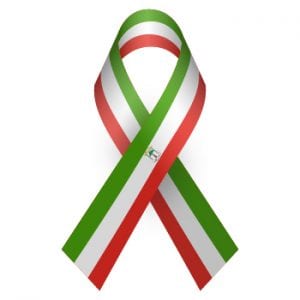
Countries that speak Portuguese
More than seven thousand languages have been recorded on earth. There are many still that we don’t know of because different communities live in isolated places. However, popular tongues like Spanish and Portuguese have been studied by linguists thoroughly. There are many countries that speak Portuguese because of colonization. So, by studying the language, not only can we learn about its history, but also about the millions of people who speak it. Even if the Portuguese speakers live in different regions and practice different beliefs, they have one thing in common between them, and that’s their native language.
The Portuguese Language:
Portuguese is a descendant of Latin that originated in the Iberian Peninsula. It belongs to the Indo-European language family. As a Romance language, it shares features with other daughter tongues of Latin like Spanish, Italian, and French. There are 250 million native speakers of Portuguese. Twenty-four million people speak it as their second language. There are many Portuguese-based Haitian creole languages that are spoken in different parts of the world. The Latin alphabet is used to write Portuguese. Portuguese speakers are referred to as “Lusophones.”
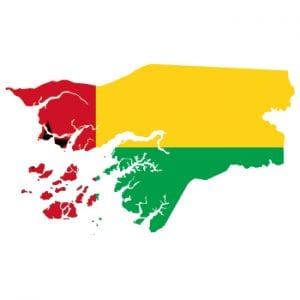
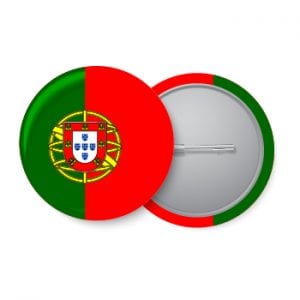
Overview of Countries That Speak Portuguese:
In South America, Portuguese is the most widely spoken language. It is also one of the top ten most spoken languages in Africa. Asia is home to a small percentage of Portuguese speakers. So, one can say that the Portuguese language is spoken across the globe. Portuguese spread across the globe because of colonization. Due to colonization, there are also many creoles of Portuguese.
Here is a list of countries that speak Portuguese:
1. Portugal:
Portugal is one of the oldest nation-states in Europe. It shares its borders with Spain. The capital city of Portugal is Lisbon. The country has a population of over ten million. The vast majority of the population follows Christianity. The official and primary language in Portugal is Portuguese. A vast majority of the country’s population speaks Portuguese. Various Portuguese dialects are spoken in Portugal. However, the government and the majority of people use the standard variety of Portuguese. Alentejan Portuguese, a dialect spoken in Portugal, also has a subdialect that is spoken in Spain. Out of all European countries, Portugal has the highest number of Portuguese speakers.
2. Brazil:
Brazil is the largest out of all the countries in South America and Latin America. It has a population of over 211 million. Brasília is the capital and the seat of the government. Brazil is home to one of the world’s most multicultural and ethnically diverse nations. The reason behind that is the mass immigration from around the world for over a century. Except for Ecuador and Chile, Brazil borders all South American countries. Before Brazil became one of the Portuguese colonies, its people used to speak various indigenous languages. Portuguese slowly gained popularity in colonial Brazil. Although Portuguese became the primary language after the country got its independence from Portugal, the people of Brazil still speak various indigenous languages.
The official language is Portuguese, which is also the native language of almost everyone in the country. It is the language of education, trade, and business. The Brazilian dialects of Portuguese are similar to the Spanish of the Americas. But 217 indigenous languages are still spoken in the country. Eleven foreign languages are also spoken in modern-day Brazil.
3. Angola:
Angola is a country in Southern Africa. It has a population of 26 million. Luanda is the capital of Angola. Portuguese colonization has influenced the culture of Angola. But people still observe indigenous cultures and customs. The native language of the people of Angola is Portuguese. It is also the official language of the country. The state has declared all the indigenous languages as national languages. The most popular national languages of Angola are Chokwe, Kikongo, Kimbundu, and Umbundu. But even the native speakers of these national languages speak Portuguese in social settings.
4. Mozambique:
Mozambique is a Southeast African country that shares its borders with South Africa, Eswatini, Zimbabwe, Malawi, Zambia, and Tanzania. Maputo is the capital city of Mozambique. Although Mozambique is a multilingual country, only Portuguese has been recognized as an official language. The people of Mozambique also speak a few indigenous languages, as well as a few Portuguese-based creoles. Although Portuguese is the primary language of nearly half the population, it is the mother tongue of only 16% of the country’s population.
5. Guinea-Bissau:
Guinea-Bissau is a West African country with a population of nearly two million. It shares its borders with Senegal and Guinea. The official language of Guinea-Bissau is Portuguese, but only a small percentage of its population speaks it as their first language. The common language of Guinea-Bissau is a Portuguese-based Creole. Various regional languages are common in Guinea-Bissau. But none of them are the dominant languages in Guinea-Bissau.
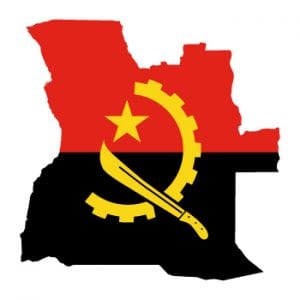
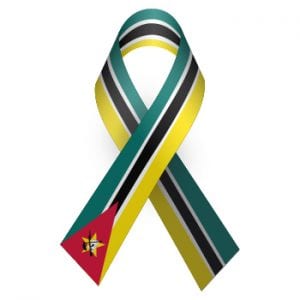
6. East Timor:
East Timor is a country located in Southeast Asia and Oceania. It has two official languages: Portuguese and Tetum. Tetum is an Austronesian language that is spoken throughout Southeast Asia and the Pacific. In East Timor, Asian languages have influenced Portuguese.
7. Cape Verde:
Located in the Atlantic Ocean, Cape Verde is an island nation. It consists of ten volcanic islands. Praia is both the capital and the largest city of Cape Verde. The official language of Cape Verde is Portuguese. It is the language of education and business. The government and media also use Portuguese as the primary language. Cape Verdean Creole is the language of communication among the inhabitants of the country. You can find books in Cape Verdean Creole easily as it has become the language of literature in the country.
8. Equatorial Guinea:
Equatorial Guinea is a Central African country with a population of 1.4 million. When the region was colonized by Spain, it was called Spanish Guinea. Spanish and French were the only official languages of Equatorial Guinea for a long time. But Portuguese also became one of the official languages in 2010. Spanish is the language of education and administration. It is also the primary language of the people of the country.
9. Macau:
Macau is a special administrative region of China. Ming China leased the territory of Macau to the Portuguese Empire in the 16th century. Today, Macau is a part of China but has its own governing and economic systems. There are two official languages, Chinese and Portuguese. The state has recognized Cantonese as a regional language because minority groups continue to use it in Macau.
10. São Tomé and Príncipe:
São Tomé and Príncipe is a country in Central Africa that consists of two archipelagos. The Portuguese discovered the islands of São Tomé and Príncipe in the 15th century. Before that, the islands were uninhabited. Ever since getting its independence, it has been the most politically stable country in the African continent. It is the smallest Portuguese-speaking country in the world. The people of São Tomé and Príncipe also speak various Portuguese creoles. But standard Portuguese is the primary language of the people of the country.
Portuguese and its creoles are also spoken in the following territories and independent states, Malaysia, Japan, Senegal, India, Indonesia, Uruguay, Venezuela, France, Namibia, Argentina, and Paraguay. If you require translation services for Portuguese, you must hire a native translator. For instance, the Portuguese of Brazil are different from the Mozambican Portuguese. So, you can only get accurate results if you hire a native expert. Read our blog if you want to learn Portuguese.
